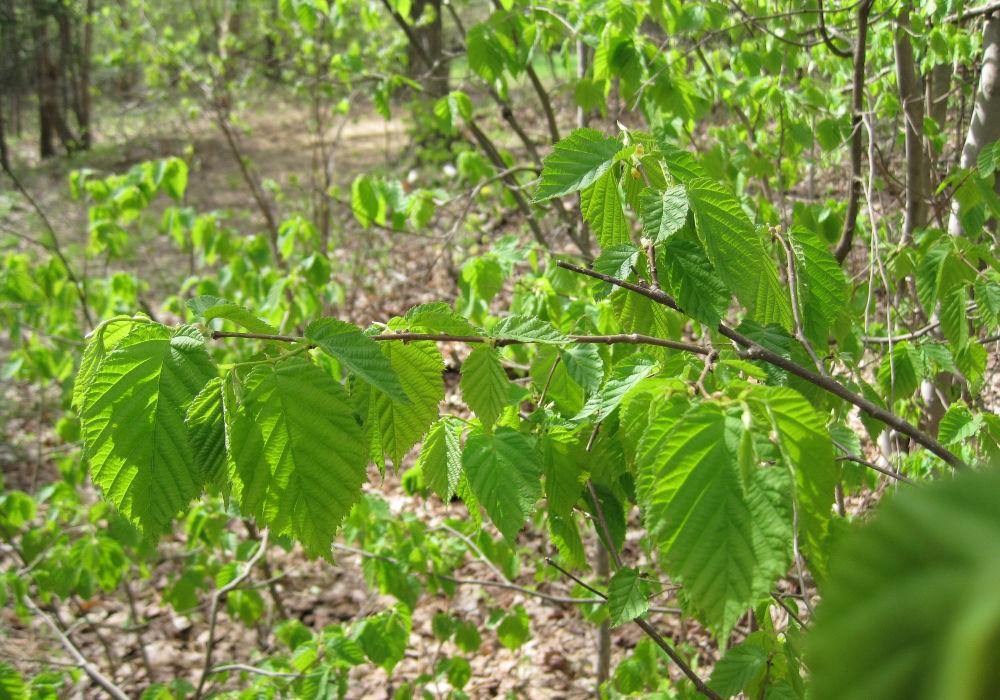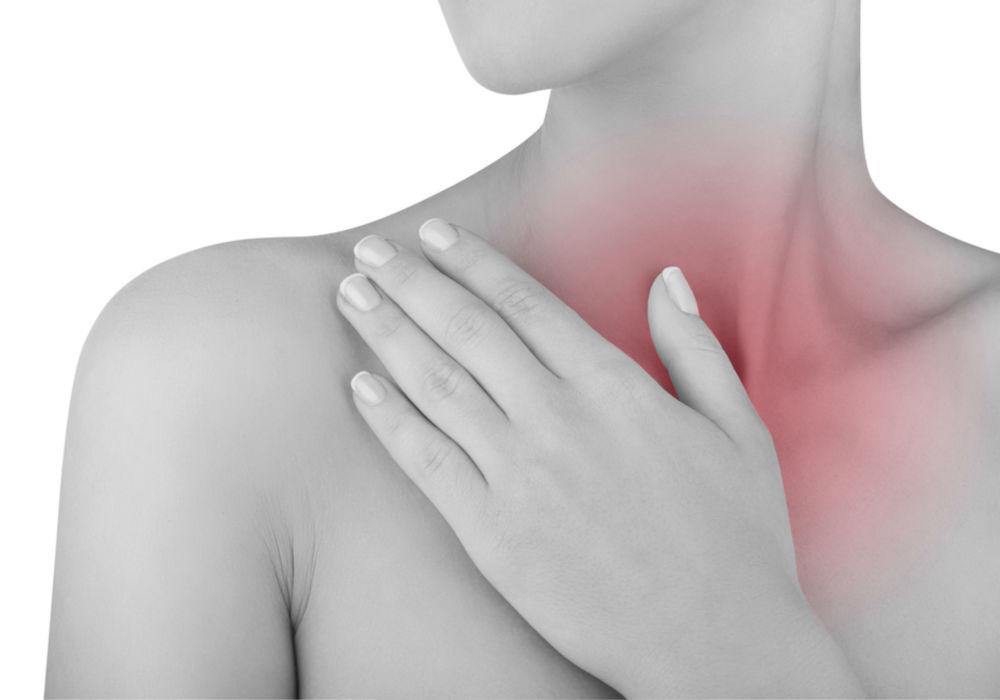
The Role of Antioxidants
The organism produces its own antioxidants, which neutralize the effects of free radicals, but vitamins, minerals and compounds, called phytonutrients, present in plant foods, add a supplement important to our health. Scientists are slowly abandoning the name anti-oxidant for fruits and vegetables. They prefer the words polyphenols or flavonoids [1]. The leading role of polyphenols has mostly been brought to light;[2]. However, minimally absorbed by the intestine, it is the activity of polyphenols on the cellular level that we are increasingly seeking to understand: their effect on vascular tissue, adipose tissue, muscular tissue, cerebral tissue, etc. Researchers are also considering the effects of substances produced by the passing of polyphenols through the intestine.
Nowadays, antioxidants are used:
1) to prevent lipid oxidation in food (human and animal) and cosmetics;
2) protect the organism from damage caused by reactive species of oxygen.
The fact that polyphenols are powerful inhibitors of lipid peroxidation is an important factor in the protection of cellular membranes. According to the literature, having a large quantity of polyphenols in a diet decreases the risk of contracting cardiovascular disease by 68% compared to a diet that is low in polyphenols [3]. An increase to the antioxidant capacity of human plasma was observed following the consumption of beverages rich in polyphenols such as tea [4], wine [5] and beer [6] as well as fruits and vegetables rich in polyphenols. Among the most antioxydant polyphenols are epigallocatechin gallate, catechin, quercetin, luteolin, myricetin, apigenin but also phenolic acids like caffeic and chlorogenic acids.
Antioxidants are also used in cosmetics to prevent skin aging. Free radicals attack the elastic fibers of the dermis (made of elastin, a fibrous protein) causing a loss of skin elasticity. They are therefore responsible for premature tissue aging causing a reduction in moisturizing ability, a degeneration of collagen (made of amino acids) and an increase in wrinkles. This problem is often observed in women at the onset of menopause. Indeed, lack of oestrogen hinders the ability to retain water which adds to the disorganized structure of « old » elastic fibers, causes visible signs of aging such as dermis thinning, the deepening of fine lines, and the appearance of wrinkles [7]. Antioxidants have been studied for the composition of anti-aging care treatments for their ability to scavenge free radicals and to suppress peroxidation of lipids [8]. Some of the most frequently used antioxidants in the formulation of cosmetic products are derivatives of vitamins A, C and E [9].
[1] www.passeportsanté.net
[2] Scalbert A, Manach C, Morand C, Rémésy C, Jiménez L. (2005) Dietary polyphenols and the prevention of diseases. Crit Rev Food Sci Nutr. 45:287-306.
[3] Hertog MlGL, Hollman PCH, Katan MB, Kromhout D. (1993) Intake of potentially anticarcinogenic flavonoids and their determinants in adults in the Netherlands. Nutr Cancer. 20(1):21-9.
[4] Leenen R, Roodenburg AJ, Tijburg LB, Wiseman SA. (2000) A single dose of tea with or without milk increases plasma antioxidant activity in humans. Eur J Clin Nutr. 54(1):87-92.
[5] Serafini M, Laranjinha JoAN, Almeida LM, Maiani G. (2000) Inhibition of human LDL lipid peroxidation by phenol-rich beverages and their impact on plasma total antioxidant capacity in humans. The Journal of nutritional biochemistry. 11(11):585-90.
[6] Ghiselli A, Natella F, Guidi A, Montanari L, Fantozzi P, Scaccini C. (2000) Beer increases plasma antioxidant capacity in humans. The Journal of nutritional biochemistry. 11(2):76-80.
[7] Giacomoni PU. (2008) Advancement in skin aging: the future cosmeceuticals. Clin Dermatol. 26(4):364-6.
[8] Laguerre M, Lecomte J, Villeneuve P. (2007) Evaluation of the ability of antioxidants to counteract lipid oxidation: Existing methods, new trends and challenges. Prog Lipid Res. 46(5):244-82.
[9] Gaspar LR, Camargo Jr FB, Gianeti MD, Maia Campos PMBG. (2008) Evaluation of dermatological effects of cosmetic formulations containing Saccharomyces cerevisiae extract and vitamins. Food Chem Toxicol.46(11):3493-500.





